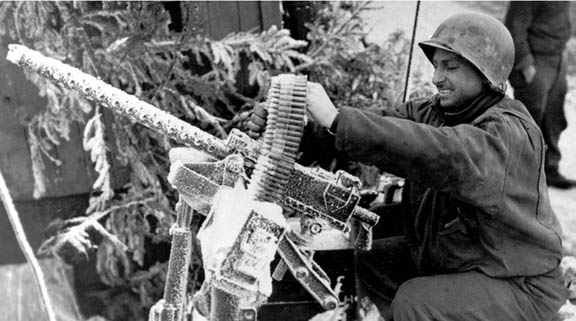Taking place over three harrowing days in December 2007, the Battle of Musa Qala proved to be one of the bloodiest and most pivotal battles of the Afghan War. The engagement between troops from the U.S., Great Britain and Afghanistan and those of the heavily entrenched Taliban would become one of the deadliest to date and would serve as an ominous sign of the type of combat coalition forces could expect in the years to follow.
In the following excerpt from Into the Viper's Nest, author Stephen Grey looks at the a lesser-known battle that took place a month prior between Royal Marines and the Taliban near Forward Operating Base Inkerman during the "Battle of 9/11."
____________________________________________________________
North of Forward Operating Base Inkerman, 9 November
The Royal Marines patrol from Alpha Company had been out for nearly six hours now, pounding out from the FOB to explore the villages up north. The intelligence reports said up to thirty foreign fighters were lying in wait. But it was no good just sitting in the base and waiting for an attack.
Back at brigade headquarters, members of the staff were reporting a level of Taliban activity across Helmand that had not been seen since the Green Zone clearances of Operation Palk Wahel in September. New fighters were coming in from Pakistan, said intelligence, and others were slipping down from the north. All in all, the brigade staff thought, it was a clear attempt to divert NATO from its pressure against Musa Qala.
All day long the marines overheard the taunts over the Taliban’s radio network. Every other moment, they heard an order to attack and a reply saying, “I’m ready.” But no one had seen anything. Nothing had happened. So they started heading home.










































